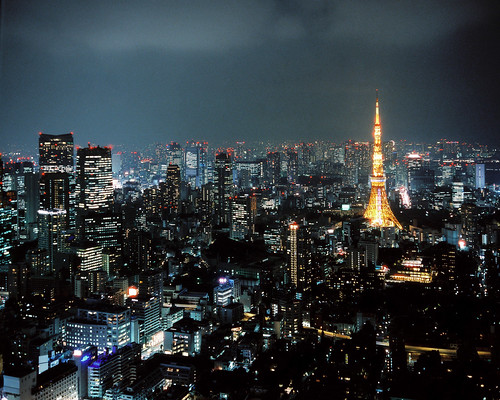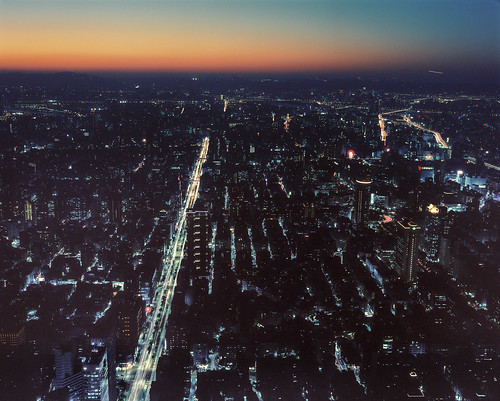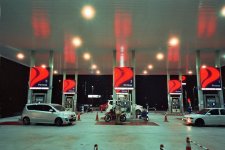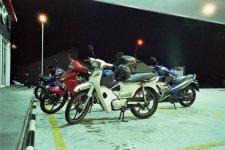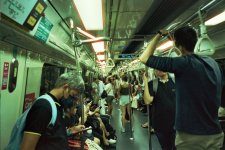- Messages
- 700
- Name
- Rick
- Edit My Images
- No
I had a couple of rolls of Cinestill 800t that I bought from here back in Nov 2020 hoping to use in East Asia. The rolls expired in Nov 2020, but I kept them in the freezer (trips to Asia kept getting postponed with lockdowns, plus life stuff etc.). I eventually made it out this year, and was a bit disappointed with the results. I have learned some lessons that I thought I'd share, just in case anyone else plans to shoot with it:


Fish Market, South Korea

台灣名產

늘찬빌

Taiwan

拉麵

Taiwan Alley

Taipei Nightmarket
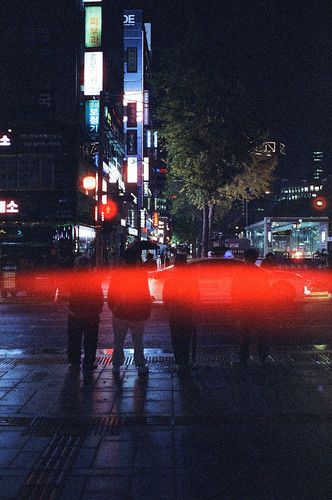
Rainy night in Seoul
- Best time of day: Don't wait to shoot when the sky is fully dark. After sunset/twilight when the street/shop lights come on and there is some natural ambient light gives nicer results IMO (see the first pic shared below vs. others)
- Set camera/meter ASA settings to 400asa: I began shooting at 500asa, but then read some pages online saying it gives good results at 800asa. Due to what I read, I worried about over exposing, so changed settings to either 640asa or 800asa, and those shots suffered heavily with underexposure. I couldn't bring back the shadows. I should have left at 500asa (or better yet change to 400).
- Meter for the shadows: Along with the above, meter for the shadows (this will probably require bringing a tripod). I didn't bring one so shot everything handheld, and metered for the highlights (worrying that I'd overexpose/clip the highlights). In reality, it seems it's much easier to bring down the highlights than bring up the shadows.
- Avoid long-expired film: After reading online, it seems Cinestill 800t gives best results when it's fresh (obviously), and degrades badly and quickly when expired - more than other films. Also develop it quickly after finishing the rolls.
- Avoid x-rays: another obvious one, but I didn't realise at first that I could ask airport security to not scan the film. The film had been through once. But the next 2 flights, I took it out of hand luggage and explained it will be affected by the X ray machine. They agreed to visually inspect and test for any traces of drugs. I was grateful for this, as who know's how much worse it could have come out after 2 more X-rays.

Fish Market, South Korea

台灣名產

늘찬빌

Taiwan

拉麵

Taiwan Alley

Taipei Nightmarket

Rainy night in Seoul
Last edited:


